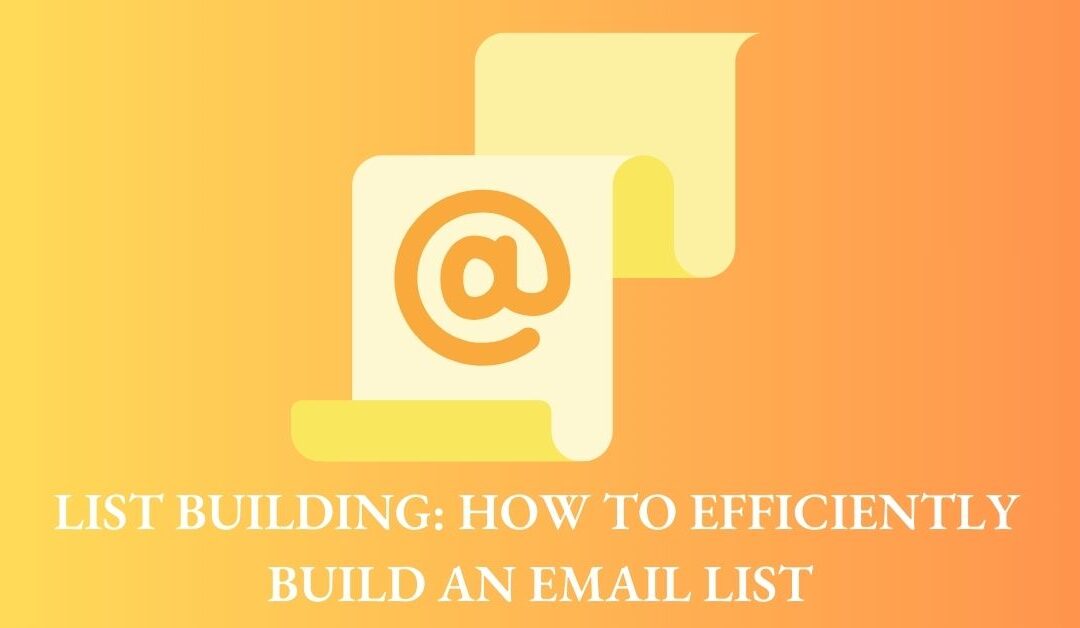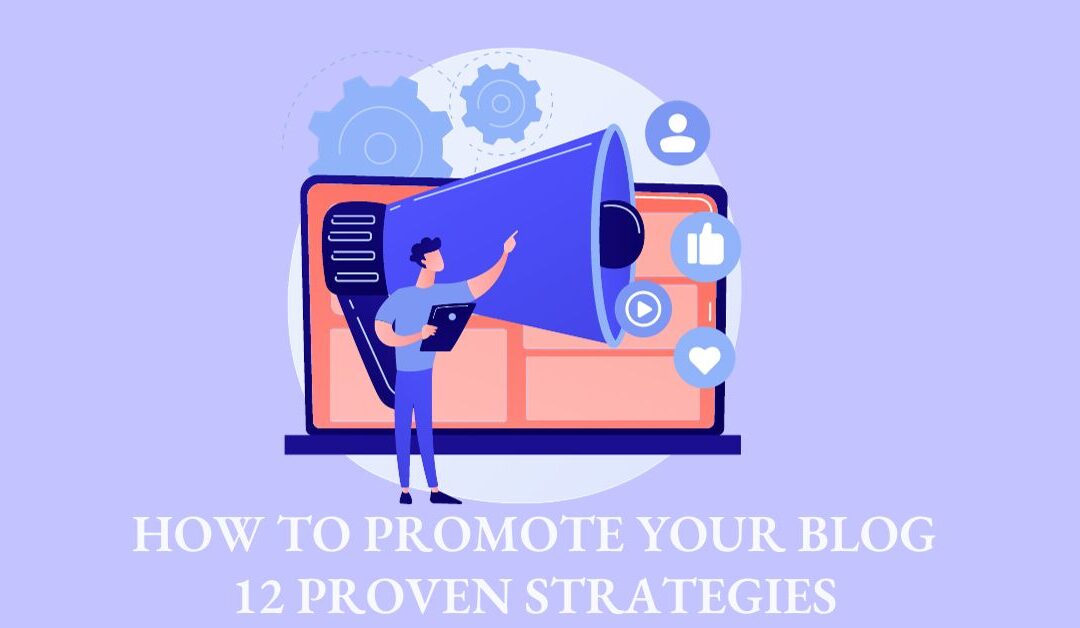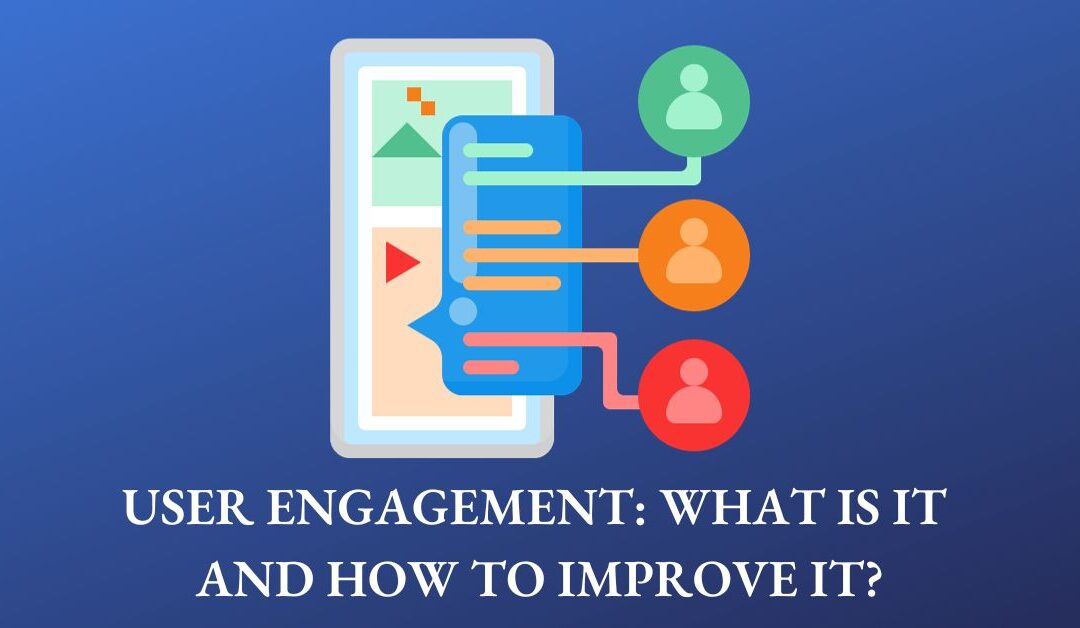Businesses promote their products and services using various channels, one of which is email marketing. If done correctly, email marketing is the most cost-effective digital marketing strategy. However, beginners often get lost in the pool of techniques and tools and fail to gain from email marketing. In this guide, I will discuss all you need to know to kick-start your email marketing journey.
What Is Email Marketing?
Email marketing is a digital marketing strategy or channel in which businesses send marketing material to their target audience, i.e., existing and prospective customers, through emails. It is used to educate leads about business and its offering, encourage recipients to take action, such as make a purchase, communicate news and articles, and announce updates and events.
Email marketing allows businesses to boost brand awareness, generate and nurture leads, increase sales, and generate traffic to the website. It also helps build relationships with customers.
Types of Email Marketing
The following are the two major types of email marketing:
Inbound Email Marketing
Inbound email marketing is the marketing strategy in which businesses send emails to those who have agreed to receive marketing communication. In other words, you send emails to existing subscribers.
Users can become subscribers for various reasons, such as receiving newsletters, downloading free resources, and trying a free trial. Regardless of how users turn into leads or subscribers, inbound email marketing aims to guide customers through various stages of a buyer’s journey. It helps increase brand awareness and boost the conversion rate.
Outbound Email Marketing
Outbound email marketing is the marketing strategy where you send emails to those unaware of your product and services or yet to interact with your brand. In other words, you send emails to people who have not subscribed to your email list.
Outbound email marketing aims to target prospective customers to create their interest in your products and services.
How Does Email Marketing Work?
Email marketing is a robust market strategy that converts prospects into customers and turns your existing base into loyal clients. Although the tiny details may vary across industries, the following are the basic steps to follow for effective email marketing:
Step 1: Set Your Goal
Like other marketing channels, email marketing also involves investing time and resources. Defining marketing goals ensures your resources will be well-spent and you will get a good return on investment.
Businesses can invest in email marketing to achieve several goals, such as:
- Increase in brand awareness.
- Lead generation and nurturing.
- Promotion of products and services.
- Increase in sales.
- Retain customers and build loyalty.
- Drive traffic to a blog or website.
Defining business goals helps create compelling lead magnets or lead generation forms for building email lists. It also assists in designing relevant marketing campaigns to achieve a higher conversion rate.
For example, driving traffic to your blog could be your primary goal if you are a blogger. Similarly, if you have an e-commerce store, an increase in sales would likely be your main objective.
Therefore, defining your goal before building an email list and creating marketing campaigns is critical.
Step 2: Build an Email List
An email list is the collection or list of email addresses of people you wish to target through marketing emails. Therefore, for effective email marketing, it is essential to build email lists.
However, remember to prioritize quality over quantity when building email lists. Your campaigns will be ineffective if your list consists of people uninterested in your products or services. A good email list has the following qualities:
- It consists of people who have agreed to receive communication from you. If you buy an email list, recipients will likely mark your emails as spam.
- It consists of valid email addresses. Regularly audit your email list and remove any invalid email addresses.
- It consists of subscribers who match your target audience.
- It consists of active subscribers who engage with your marketing emails.
There are several ways you can build an email list, such as:
Use embedded lead generation forms on your website: Place embedded forms in a prominent place where they are easily visible. You can place them in the header, footer, or sidebar. I suggest using a lead generation tool or software like OptinMonster to design and build embedded forms. OptinMonster enables its users to create lead-generation forms using a drag-and-drop builder.
Create compelling popup CTAs for every webpage: Ideally, a popup should only appear when a user intends to exit the page or scrolls more than 70% down the page. OptinMonster exit intent technology can display a popup when a user is about to leave a page.
Create referral programs: Another effective way of capturing email addresses is to create a referral program. Through referral programs, you can generate quality leads as people mostly recommend products and services to those having similar needs. I suggest using tools like Invitereferrals and ReferralCandy to create referral programs to save time and resources.
Offer discounts and incentives: Discounts and incentives encourage users to provide their contact information. You can add a timer to create a sense of urgency for best results. Using OptinMonster, you can add timers to your lead generation forms. Similarly, for distributing coupon and discount codes, you can use Shortstack.
Use lead magnets: Lead magnets are free resources a business offers in exchange for users’ contact information. For example, you can offer free eBooks, case studies, consultations, or trials.
Step 3: Choose an Email Service Provider
An email service provider, also known as email marketing software, helps manage email lists, design and build marketing campaigns, automate email delivery, and track the results of campaigns. Therefore, choosing the right email service provider that best suits your needs, budget, and business goals is critical.
The following are a few popular email marketing software you can try:
- Getresponse
- AWeber
- Moosend
- ConvertKit
- ActiveCampaign
- Brevo (Formerly Sendinblue)
- Constant Contact
- Pabbly
Step 4: Select the Type of Email Marketing Campaign
You can create several types of email marketing campaigns based on your goals. Broadly, email marketing campaigns are divided into the following two categories:
Recurring Email Campaigns
Recurring email campaigns refer to campaigns in which you send a series of emails to the subscribers. An event or action can trigger them. In either case, recurring campaigns follow a schedule and can be sent weekly, monthly, or after a specific time. Therefore, to ensure consistency, automating such campaigns’ delivery is critical.
Although recurring campaigns help nurture customer relationships, sending too many emails can frustrate the recipients. In the worst case, the emails will land in spam folders.
The following are a few examples of recurring email campaigns:
Onboarding Campaigns: Onboarding campaigns aim at familiarizing new subscribers with the products, services, and brand. For example, a welcome email series can help users learn various product or service features.
Post-Purchase Drip Campaigns: Post-purchase drip campaigns are follow-up emails sent after a purchase. These campaigns aim at building long-term relationships with the customer.
Cart Abandonment Campaigns: Cart abandonment is a common scenario businesses often face. In cart abandonment campaigns, you send emails encouraging customers to return to the cart and complete the purchase. You can also offer a discount, tempting customers to take immediate action.
The Re-Engagement Campaigns: Re-engagement campaigns are email series you send to inactive subscribers to turn them into active subscribers.
Seasonal Campaigns: Seasonal campaigns are a series of emails during a specific season. For example, if you offer tourist services, you can send promotional emails a month before the holiday season, suggesting activities, destinations, and hotels.
Standalone Email Campaigns
Standalone email campaigns consist of single emails. They do not follow a schedule and are sent only once. Such campaigns are ideal for introducing new products, giving updates, and announcing an event or promotion. The following are a few examples of standalone email campaigns:
Event-Based Campaigns: Event-based campaigns announce or provide information regarding an event. The event could be a webinar, an online course, or a conference.
Trigger-Based Campaigns: As the name refers, trigger-based campaigns are triggered by an action. For example, if a user buys a product, an invoice will be sent through an email.
Promotional Campaigns: In promotional campaigns, businesses send promotional offers to boost sales. For example, you send discount coupons and vouchers or offer special discounts to increase the conversion rate.
Step 5: Create the Email Marketing Campaign
After selecting the type of marketing campaign, you need to design or create the campaign. While choosing the email marketing software, ensure it has an email builder, using which you can develop compelling email campaigns.
Write a Compelling Subject Line: An attractive subject line is concise and catchy. A good subject line is at most 50 characters and includes words that catch recipients’ attention. For example, to make the subject line appealing, you can add humor, entice curiosity, or announce an offer.
Personalize Email Campaigns: Personalized emails have higher open and click-through rates. You can achieve personalization by adding the recipient’s name in the subject and the content of the email. Additionally, you can send personalized offers and incentives based on the interests of the subscribers.
Use Visuals and Images: Instead of writing clocks of text, combine text with visuals and images. Visuals boost engagement and are easy to remember.
Include a Call-to-Action or CTA: Remember, you send marketing campaigns to achieve a goal, for which you need to include a call-to-action in your emails. A CTA in an email could be a button or a link encouraging subscribers to:
- Make a purchase.
- Share the email with friends.
- Follow you on social media.
- Visit your website, etc.
Send at the Right Time: Instead of sending emails randomly, choose the delivery time and day strategically. Sending emails at the right time and day can significantly increase email open and conversion rates. To determine the best time for your target audience, you should send emails at different times and days and measure their performance.
Step 6: Track Results
After sending marketing campaigns, it is essential to track their performance. You need to track the results of your campaigns to optimize your existing campaigns and improve your future campaigns. The key performance factors you should consider are:
- Deliverability rate or the number of subscribers who received your emails in their inbox.
- Email open rate, i.e., the number of subscribers who open your email.
- Conversion rate or the number of subscribers who performed an action such as purchase, filling a form, or downloading a resource.
Step 7: Optimize Strategy and Improve Future Campaigns
Like other marketing channels, email marketing has a few challenges you need to address. Based on the results of your campaigns, you will get to know what did not work and needs to improve. Among the top challenges of email marketing businesses and need to address for optimized strategy are:
Ensuring Email Deliverability
Next on the list of email marketing challenges is ensuring email deliverability. A significant number of emails never make it to the recipient’s inbox. However, with the right strategy, you can ensure your emails do not land in spam folders.
To ensure email deliverability, you should:
- In the subject line, avoid using words that can trigger spam filters, such as ‘free’, ‘prize’, or ‘trial’. You should also avoid unusual punctuation and capitalization.
- Keep updating your email list to remove subscribers who have been inactive for more than six months. However, before eliminating subscribers, you should make a final attempt to win them through an email.
Improving Email Open Rate
The success of email marketing heavily depends on the email open rate. You can only achieve your goals if most recipients open your emails. On the other hand, if your recipients do not open emails, your marketing message will not get across.
Although many businesses struggle with improving email open rates, the following tips can help you achieve the best results:
- Use a human sender name.
- Use the recipient’s first name in the subject line.
- Trigger curiosity through the subject line.
- Create quality content.
- Keep emails short and to the point.
- Do not send excessive emails.
- Resend emails that were not opened.
Increasing Conversion Rate
A few email marketing challenges are tricky to manage, and increasing conversion rate is one of them. Even if your emails are landing in the inbox and the email open rate is high, you will not achieve your goals if no one clicks on the CTAs. To increase the conversion rate:
- Segment your email list so that the subscribers receive only relevant campaigns.
- Include social sharing buttons to widen your audience reach.
- Re-engage inactive subscribers. Every inactive subscriber you win back becomes a prospective customer for your business. Inactive subscribers are those who have not interacted with your campaigns in time. They include subscribers who never opened your emails and stopped opening emails. Customers who actively buy your products but refrain from engaging with your email campaigns also fall under this category.
Pros and Cons of Email Marketing
Email marketing has pros and cons, but the advantages outweigh the drawbacks. The significant benefits of email marketing are:
- It is easy to implement and schedule.
- It is cost-effective.
- Unlike most marketing channels, email marketing enables businesses to target audiences across the globe.
- It lets businesses communicate with their existing or prospective customers in real-time.
- It allows businesses to send targeted, personalized marketing campaigns.
- Tracking and measuring email marketing campaigns is relatively easy.
Although the advantages of email marketing make it an ideal choice for most businesses, the following are a few limitations you should keep in mind:
- Emails are often marked as spam.
- You must follow international laws like GDPR if your subscribers’ list includes international customers.
- Through email campaigns, you can only target people who already know you.
Email Marketing Best Practices
Email marketing best practices ensure your resources are spent on campaigns that deliver. The following are a few email marketing best practices you should follow for best results:
Keep CTA and Important Content Above the Fold
Keeping CTA and essential content above the fold ensures the readers do not miss them if they do not scroll down the email. It helps increase the conversion rate as the readers will see the most critical information when they open the email.
Make it Easy to Unsubscribe
Provide subscribers with a way to unsubscribe if they wish to. They will likely mark you as spam if you do not allow them to unsubscribe. Remember, the quality of the email list is more important than quantity. Therefore, it is best for the business if unengaged and uninterested subscribers leave your email list. Ideally, include an unsubscribe button at the top or bottom of every email.
Use A/B Testing
A/B testing, commonly known as split testing, allows marketers to test two variations of an element, such as subject line, CTA, or email delivery time, to determine which one performs better for your target audience.
In the A/B test, you randomly divide your subscribers into two groups and send variation A to one group and B to the other. At the end of the test, you analyze both variations’ performance to determine which works better than the other.
Optimize Emails for Mobiles
Nowadays, a majority of users open their emails on their mobile devices. Therefore, ensuring emails render appropriately on screens of all sizes is critical. If your emails do not open correctly on mobile phones, your engagement rate will be affected negatively. You can make your emails mobile-friendly by:
- Using fonts that users can easily read on small screens.
- Creating short subject lines.
- Optimizing images so that emails can load quickly.
- Placing CTA at a prominent place.
- Keeping email content concise and to the point.
- Avoiding excessive links in emails.
Conclusion
Email marketing is an ideal way of building strong relationships with your target audience through direct marketing. It is the most profitable digital marketing strategy for generating sales and revenue. However, you can benefit from email marketing only if you do it correctly and follow all the basic steps.






0 Comments